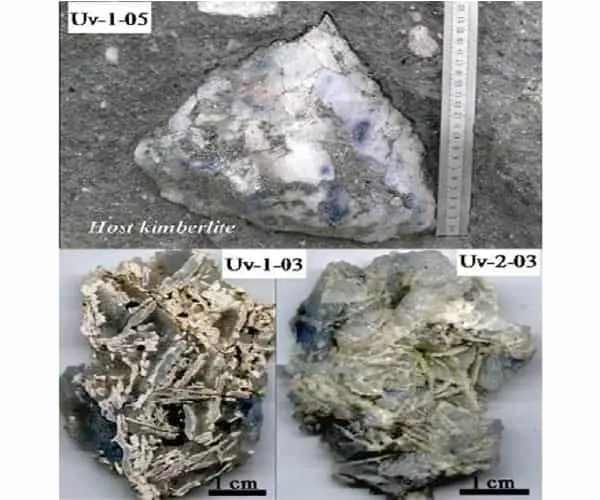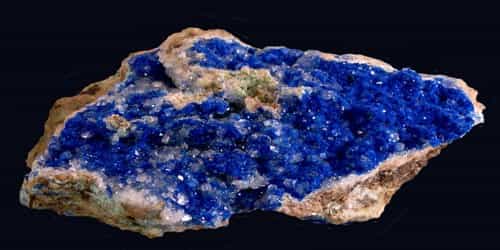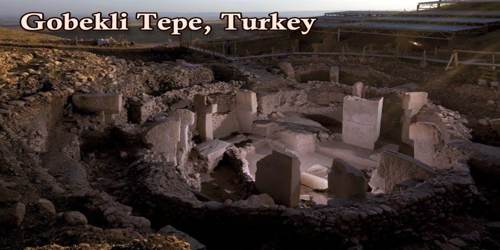Nyerereite is a mineral with the formula Na2Ca(CO3)2 that is extremely rare. It is a chemical composition in which the alkali element is clearly present, and it plays a significant role when magma reaches the surface.
Nyerereite is unstable in the presence of oxygen and degrades rapidly. Collection specimens must be stored in an argon-sealed environment.
General Information
- Category: Carbonate mineral
- Formula: (repeating unit) Na2Ca(CO3)2
- Crystal system: Orthorhombic
- Crystal class: Pyramidal (mm2)
- Color: Colorless

Properties
It forms colorless, platey pseudohexagonal orthorhombic crystals that are typically twinned. It has a specific gravity of 2.54 and indices of refraction of nα=1.511, nβ=1.533, and nγ=1.535. At high temperatures or just erupted lava nyerereite is uniaxial and shows an interference color of second-order blue when twinning is not present, and when twinning is there the interference color of nyerereite is first-order grey.
- Crystal habit: Platey, pseudo-hexagonal
- Twinning: Always polysynthetically twinned parallel to [001]
- Streak: White
- Diaphaneity: Transparent
- Specific gravity: 2.541
- Optical properties: Biaxial (-)
Nyerereite is naturally twinned and pseudohexagonal with triad twinning in nature, which means it is a six-sided crystal with an apparent hexagonal shape but is not in the hexagonal system. The intergrowth of three orthorhombic crystals that turn at their center to form hexagonally shaped crystals is known as twinning. Nyerereite has a biaxial negative 2v of 29 degrees. It has an acute bisectrix in the center and a birefringence of about 0.023.
Because nyerereite is highly unstable, when it reaches the surface, it causes pseudomorphism, which is the process by which the rock’s appearance and dimensions remain constant while the main mineral component is replaced by another.
Occurrence and discovery
J.B. Dawson discovered and described it in the Ol Doinyo Lengai carbonatite lavas in 1963, and it was named after Tanzanian President Julius Nyerere (1922-1999). It is associated with the potassium-bearing gregoryite in carbonatite lava. It’s also been reported from the Afrikanda alkaline intrusive complex on Russia’s Kola Peninsula.
Association: Halite, sylvite, fluorite, gregoryite, calcite.
















